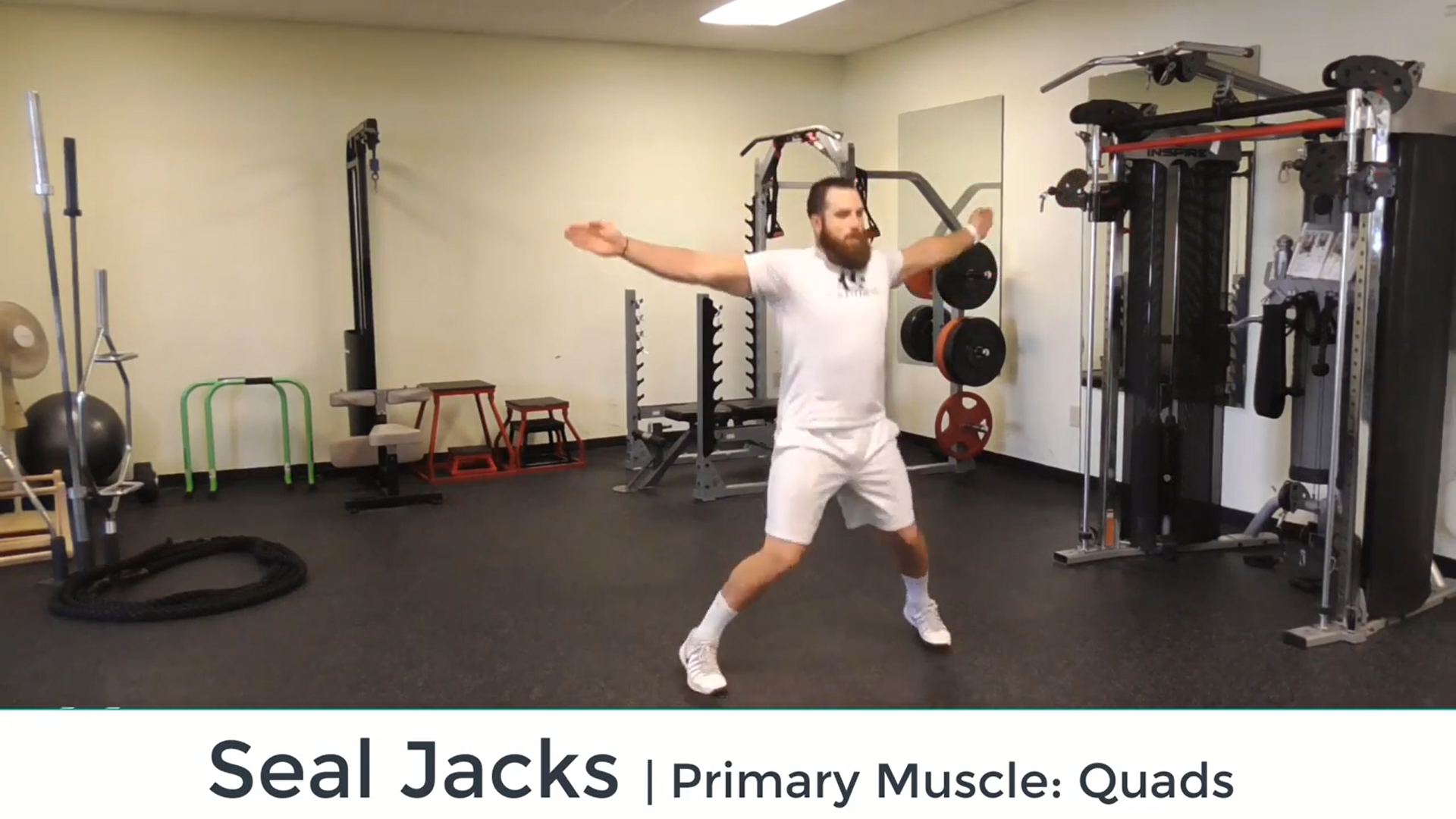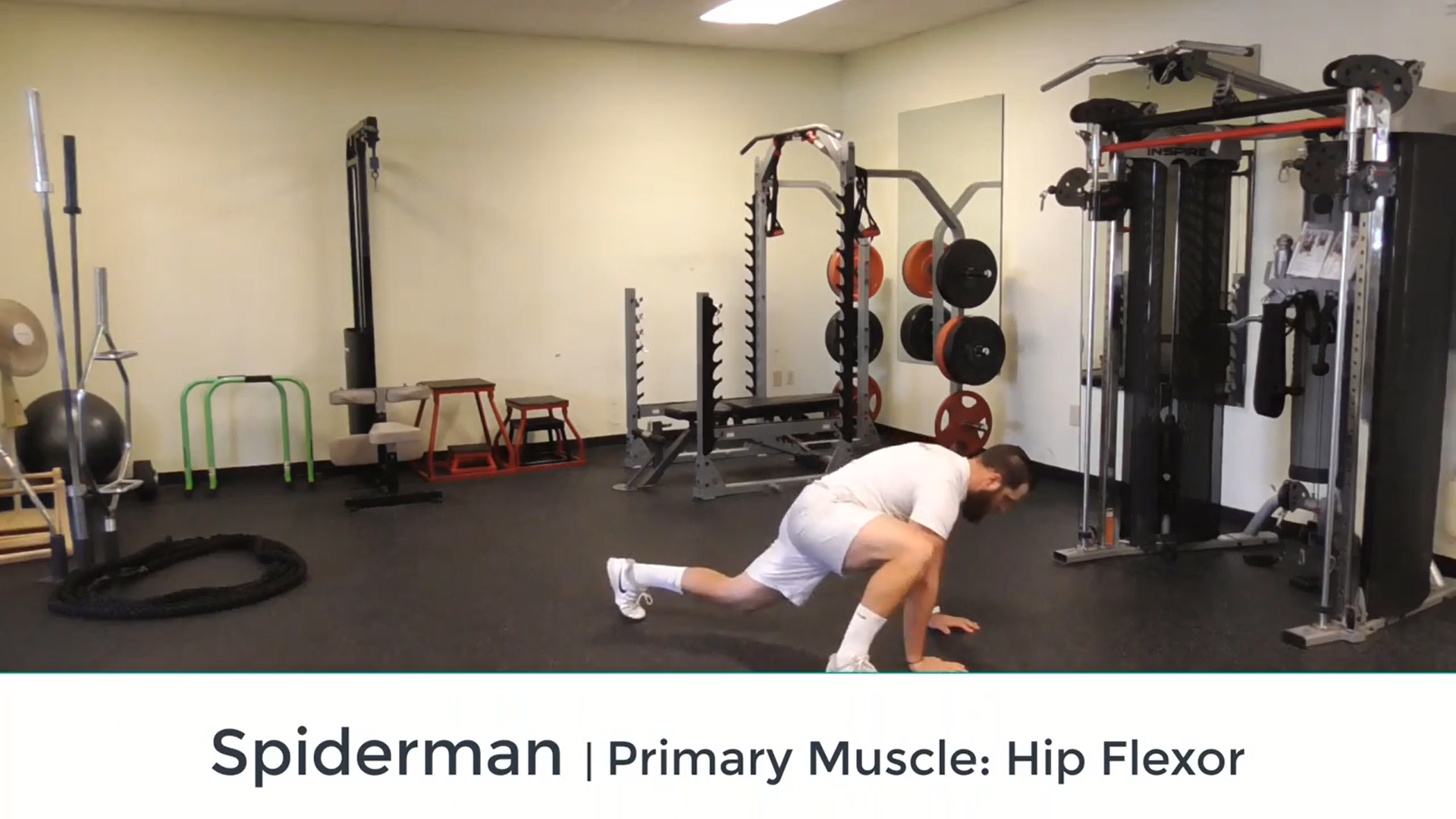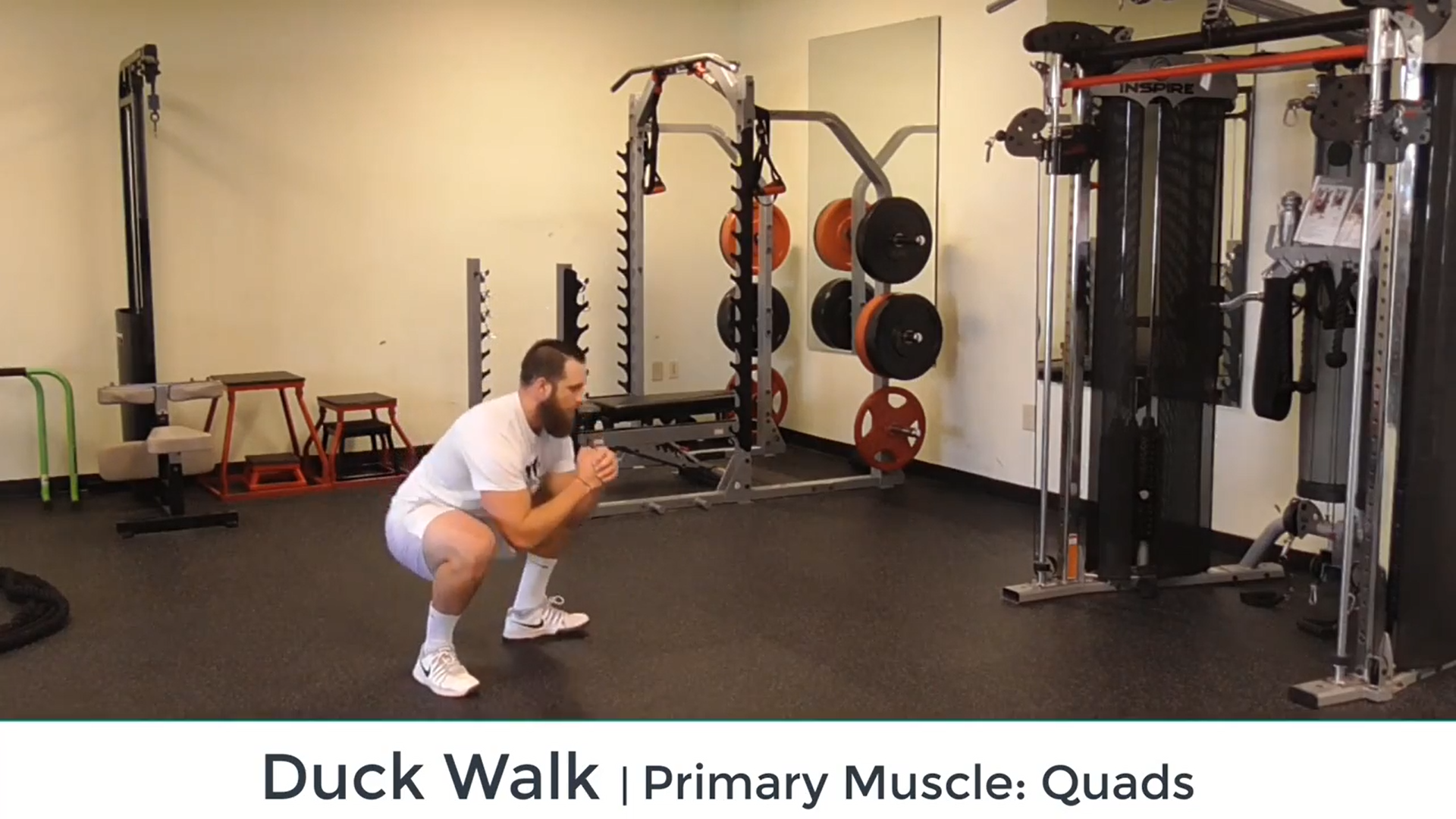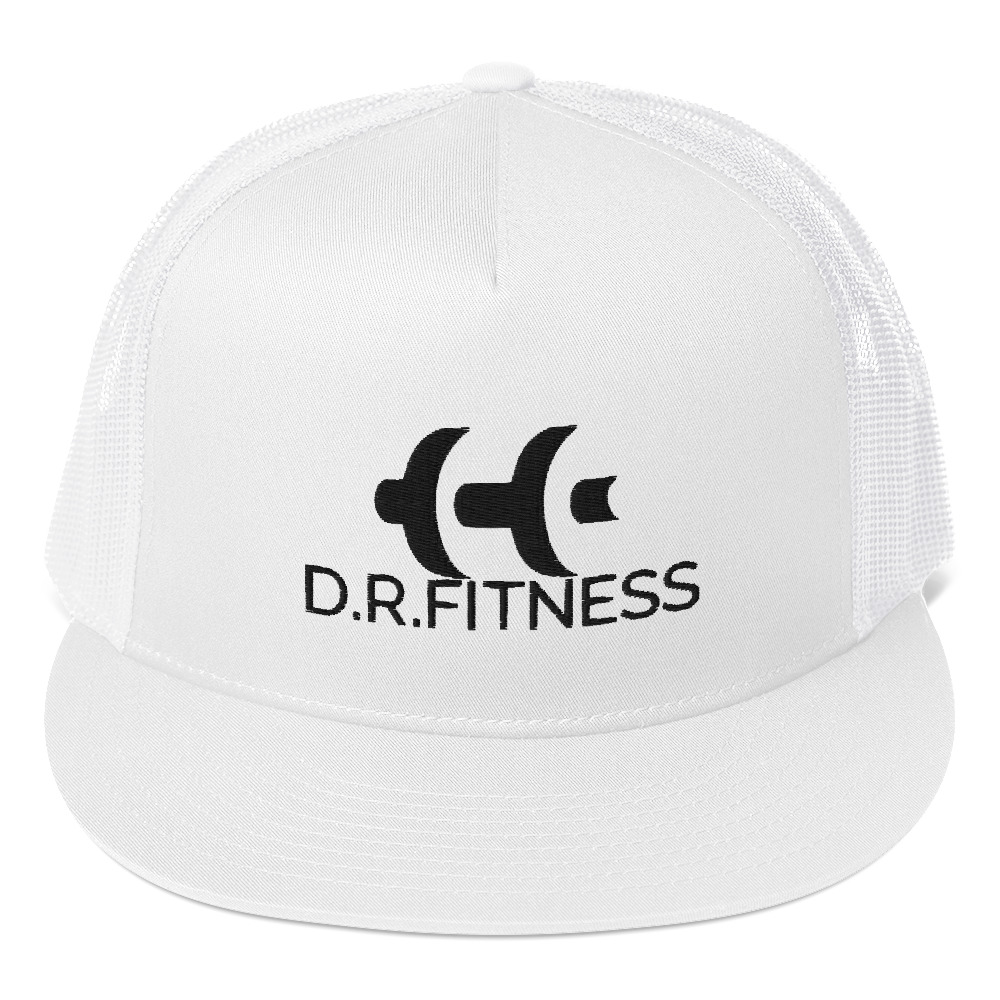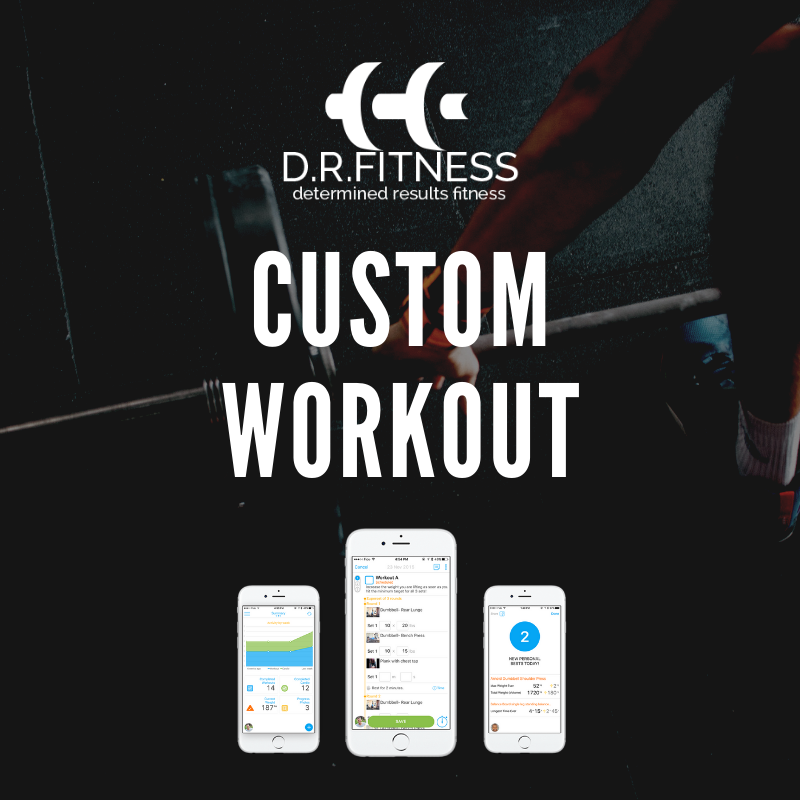Do you really need to WARM-UP before your workout?
What is a D.R.Fitenss 15-minute warm-up?
1. Full body foam rolling: Upper back vertical, Upper back horizontal, Latimus Dorsi, Glutes, It-Band, Quads, Hamstrings, groin, and Calves.
2. About 5-15 minutes before your workout or sporting event you should raise your body temperature by doing some sort of calisthenics (Exjumping jacks, jump rope, burpees etc…) or cardio (jogging, rowing, elliptical etc…)
3. Complete a series of dynamic stretches/exercises (Jumping Jacks, Arm circles, high knees, straight leg high kicks, inchworm, spiderman, trunk rotation, cat/cow, and glute bridge.
Why should I take the time to warm-up?
In short, to prevent injury, prepare your body physically so you get the most out of your muscles, prepare yourself psychologically so your mind is focused during the workout or sporting event. The routine of the warm-up can get your mind away from your day’s stresses and raises your energy level and motivation to workout. Many people have morning, evening, or starting work routines that help prepare for the event so think of the warm-up as your routine before you workout and you will have more meaningful workouts, better muscle pump, and more satisfaction afterward.
The science behind the warm-up – If you do not like my reasons here is what the professionals say:
The following information comes from the National Council on Strength & Fitness:
“Psychological Preparation for game/activity focus, injury prevention, and physiological preparation. Injury prevention, as your muscle tissue increase in temperature muscle stiffness decreases, nerve-conduction rate increase, force-velocity relationship improves, there is an increase in anaerobic enzyme activation and energy provision and an increase in thermoregulatory strain and it is proposed that baseline oxygen consumption is elevated as well. The warm-up and stretching protocol should be implemented within 15 minutes prior to physical activity for these effects to occur. Common sense would suggest that if the tissue is more pliable, the nervous system is more responsive, the blood flow dynamics are heightened, and a person is likely more focused on the task then risk associated with tension based activity should be reduced.
In an article published in the Journal of Science Medicine and Sport (2008) investigators evaluated whether the decline in performance that is normally associated with static stretching pervades when the static stretching is conducted prior to a sport-specific warm-up. The athletes performed a countermovement vertical jump and 20m sprint after the first warm-up intervention (static or dynamic) and again after the second skill specific warm-up on each day. The measures following the static stretching condition resulted in significantly worse performance than the dynamic warm-up in vertical jump height and 20m sprint time. The intensity of the warm-up is of particular relevance. While active warm-up activities have been reported to improve endurance performance, too high an intensity may be detrimental due to significant increases in thermoregulatory strain. Anaerobic actions are also affected by too high a warm-up intensity but the mechanism is due to recovery demands from metabolism rather than temperature. “

